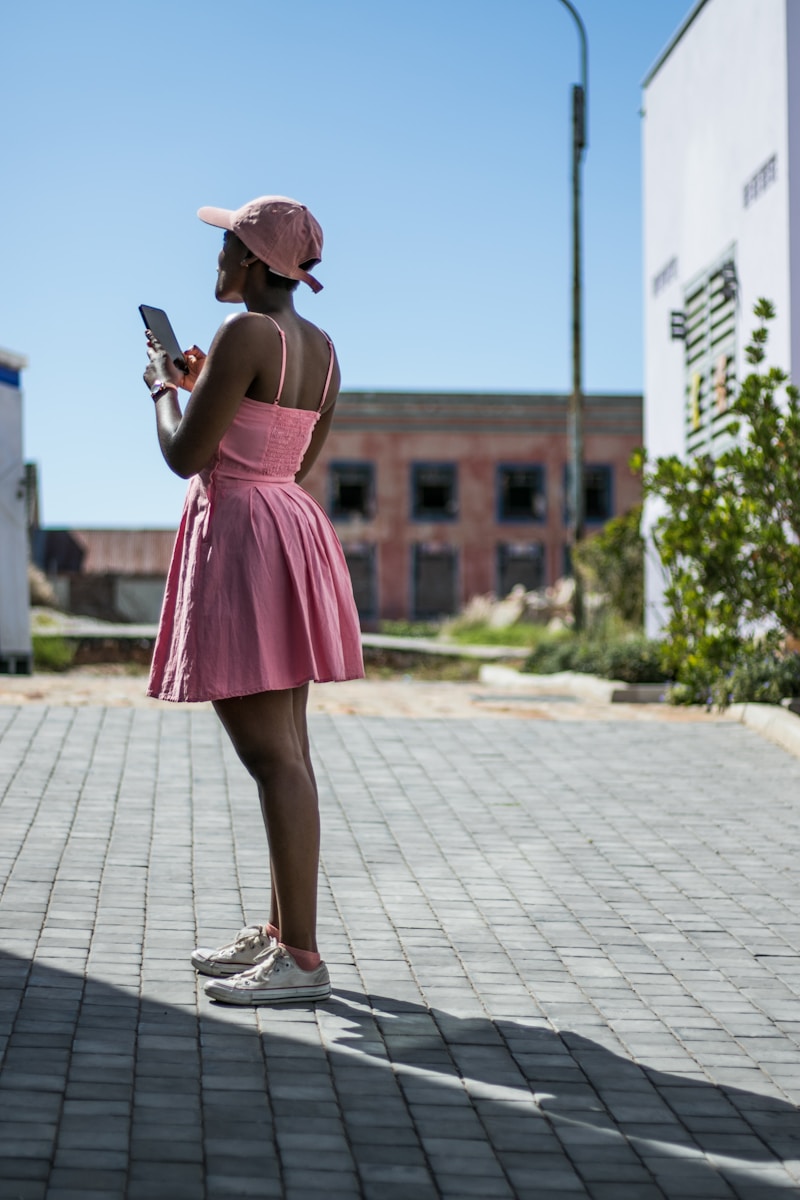Sculptural Dress Designs: The Intersection of Art and Fashion
In the world of fashion, designers continually seek to innovate and push the boundaries of creativity. One intriguing trend that has emerged is the concept of sculptural dress designs, where garments are not merely clothes but artistic expressions. This article delves into the allure of sculptural dress designs, exploring their history, unique techniques, and the impact they have on both the fashion industry and individual expression. With an emphasis on quality, creativity, and distinctiveness, sculptural dresses have gained a notable foothold in contemporary fashion.
Understanding Sculptural Fashion
Sculptural dress designs take inspiration from various sources, including architecture, sculpture, and even nature. Designers apply techniques that allow fabrics to hold their shape and create three-dimensional forms. This fashion movement transforms wearables into artworks that exhibit an essence of creativity and ingenuity. Designers like Iris van Herpen and Alexander McQueen are known for their experimental techniques and breathtaking silhouettes that blur the line between fashion and art.
Historical Context
The roots of sculptural designs can be traced back to the early 20th century when avant-garde movements began challenging traditional notions of fashion. Designers started exploring forms and structures that conveyed a sculptural quality. This evolution gained momentum with the rise of postmodernism in the late 20th century, leading us into the new millennium where fashion became a platform for artistic expression. Notably, names like Issey Miyake and Thierry Mugler began experimenting with innovative materials and techniques that emphasized volume and structure, paving the way for modern sculptural designs.
Techniques and Materials in Sculptural Dress Designs
What sets sculptural dress designs apart from conventional fashion is the meticulous craftsmanship involved. Various techniques are used to achieve a sculptural effect:
- 3D Printing: This cutting-edge technology allows designers to create intricate patterns and structures that were previously impossible to achieve. It combines the precision of technology with the creativity of human design.
- Textile Manipulation: Designers often manipulate fabrics through techniques such as pleating, draping, and folding to create unique volumes and textures that define sculptural garments.
- Rigid Materials: Some designers are known to incorporate non-traditional materials like plastics, metal, and even foam, enhancing structural integrity and allowing for bolder shapes.
- Layering: The strategic layering of fabrics can create a sense of depth and movement, adding to the overall sculptural feel of the design.
Influential Designers in Sculptural Dress Designs
The world of sculptural fashion is populated by innovative talents who are redefining the landscape:
| Designer | Signature Style | Notable Works |
| Iris van Herpen | Combines haute couture with technology, often utilizing 3D printing | “Capriole” Collection (2019) |
| Alexander McQueen | Known for dramatic silhouettes and intricate detailing | The “Plato’s Atlantis” Collection (2010) |
| Yohji Yamamoto | Emphasizes avant-garde designs with a focus on deconstruction | Spring/Summer 2021 Collection |
| Balenciaga | Utilizes grand proportions and innovative tailoring | 2021 Fall/Winter Collection |
The Role of Sculptural Dress Designs in Popular Culture
Sculptural dresses often grace the red carpets and runways, drawing media attention and sparking conversations about the intersection of art and fashion. Celebrities like Lady Gaga, Solange Knowles, and Björk have been known to wear these creations, making bold statements and embodying the essence of individuality. Such representations not only elevate a designer's brand but also encourage a culture of self-expression through unconventional fashion choices.
The Future of Sculptural Dress Designs
As fashion continues to evolve, the sculptural dress design trend is poised for greater integration into mainstream fashion. With the increasing emphasis on sustainable practices, designers are exploring ways to incorporate eco-friendly materials while maintaining the intricacy of their designs. This evolution suggests that sculptural dress designs will continue to inspire future generations of designers, setting new standards for creativity and innovation.
Common Questions About Sculptural Dress Designs
As interest in sculptural dress designs expands, here are some common questions people may have:
- What defines a sculptural dress? Sculptural dresses are characterized by their three-dimensional shapes, unusual silhouettes, and artistic elements that elevate them beyond traditional clothing.
- How can I incorporate sculptural designs into my wardrobe? To embrace sculptural designs, opt for statement pieces that feature unique cuts, textures, or bold colors. Accessories can also play a pivotal role in achieving a sculptural aesthetic.
- Where can I find sculptural dress designs? Many high-end fashion brands and avant-garde designers offer collections featuring sculptural elements. Additionally, exploring local designers or boutiques can yield unique finds.

Conclusion
Sculptural dress designs represent a fascinating convergence of fashion and art. They challenge conventional aesthetics and invite wearers to embrace their individuality boldly. As the trend continues to evolve, it opens up new avenues for creativity, encouraging designers and consumers alike to think outside the box. When considering sculptural dress designs for your wardrobe, remember to appreciate the artistry inherent in each piece and choose items that resonate with your personal style.
Ultimately, whether you're attending a gala or simply looking to spice up your daily outfit, a sculptural dress can be an extraordinary choice that makes a lasting impression. So venture into this vibrant world of fashion and allow the creativity of sculptural dress designs to inspire your style.